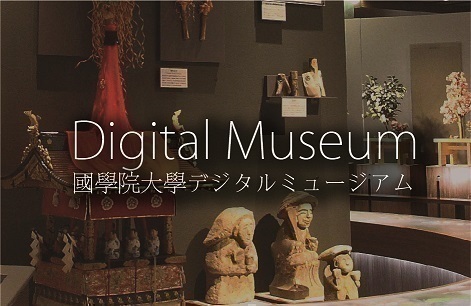- トップ
- Encyclopedia of Shinto
- Banshin
Encyclopedia of Shinto
| Main Menu: | |
| Links: |
詳細表示 (Complete Article)
| カテゴリー1: | 2. Kami (Deities) |
|---|---|
| カテゴリー2: | Concepts of Kami |
| Title | Banshin |
| Text | A term referring to the ancestral kami (sojin) of peoples who came to Japan from foreign countries, or other deities forming the objects of their worship. Other terms which have been used to describe such "immigrant deities" include marōdokami, imaki no kami, and ebisukami. The first historical appearance of the term is in the Nihongi's episode recounting the thirteenth year of Emperor Kinmei, where it states that, "if the banshin is worshiped just now, the deities of [our] land will surely be enraged." In this passage, the banshin referred to is an image of Shakyamuni Buddha. The fact that the characters for banshin can be read in Japanese as atashikuni no kami or tonari no kuni no kami (kami of a nearby or neighboring country) shows that the early Japanese lacked any consciousness that the Buddha was essentially different from the native kami. The buddhas, however, were not the only deities referred to by the term banshin, since in the early 9th century, the Kogo shūi reported that "each of the peoples of Hata [Chin], Aya [Han], and Kudara have been naturalized here by the tens of thousands, and have given praiseworthy service, yet while they have each their own shrines, they have yet to be presented with official offerings." As this passage points out, banshin broadly included the objects of worship of arrivals from the three Korean kingdoms and elsewhere on the continent, but it is unclear whether these deities were further distinguished by the use of terms like "Korean deities" and "Chinese deities." Before the official promulgation of Buddhism within Japan, foreign deities brought to Japan by new arrivals were worshiped in a syncretic fashion with indigenous Japanese kami. According to the Kogoshūi passage above, such banshin had "yet to be presented with official offerings." By the early Heian period, however, national offerings at the Tsukinamisai and Niinamesai were being presented to the immigrant deity of Kudara called Seimeiō, which formed one of the objects of worship at the shrine called Hirano ni Matsuru Kami (in Yamashiro), and to the shrine Himekoso no Kami no Yashiro (in Settsu), which enshrined the deity of the Korean kingdom of Shiragi known as Akaruhime (according to the Engishiki's Jinmyōchō). In this way, such foreign deities were woven into the divine system of the Ritsuryō legal codes on the same level as a "major shrine" (taisha) of indigenous origin. The Jinmyōchō likewise lists names of shrines such as Ōkoma no Kami no Yashiro and Koma no Kami no Yashiro in Kawachi Province, Shiroki [Shiragi] Hiko no Kami no Yashiro in Echizen Province, and Mimana Hiko no Kami no Yashiro and Mimana Hime no Kami no Yashiro in Noto, all these referring to shrines of deities imported from the Korean peninsula, and indicating that in many localities such deities were melding with indigenous deities and entering deeply into the lives of local inhabitants. As indicated by the Dajōkan notice of 791, however, imported Taoistic practices such as sacrificing oxen to Chinese deities for the purpose of praying for rain were suppressed by the Japanese government. See also gairaishin. -Kobori Keiko |




